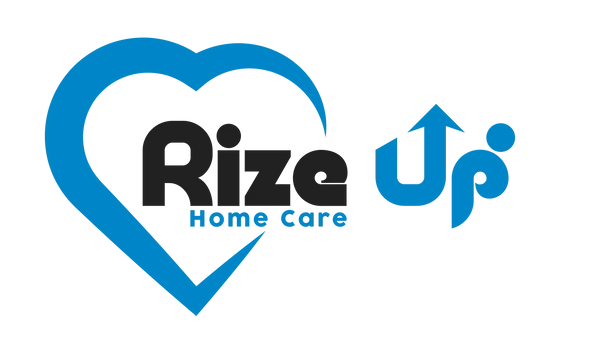Every older person has a unique way of life. Some people prefer to age in place, while others go to a senior living community or assisted living facility. We must be aware of tools, resources, and modifications that can make whatever living option they choose easier.
Falls in elderly persons are some of the greatest dangers, causing physical injuries and psychological repercussions. Whether caring for a spouse, parent, grandparent, or patient, understanding where and why falls happen will help you choose the best medical devices or aging in place home modifications for your (or your loved one's) unique needs.
Where do Falls Occur for Elderly People?
Falls can happen anytime, anywhere, but they are most likely to occur in rooms and locations that do not have proper accommodations for fall prevention. According to Dr. Nimali Jayasinghe from Weill Cornell Medical College:
- 60% of falls in elderly persons occur inside the home
- 30% of falls in elderly persons occur outside the home
- 10% of falls in elderly persons occur in a healthcare center
Can an Elderly Person Die From a Fall?
Falls in elderly persons present special risks that younger people often overlook or don't understand. According to the United States Centers for Disease Control (CDC), falls are the leading cause of fatal injuries for older persons.
A fall itself is unlikely to be fatal, but a fall can cause other injuries that are. Falls in elderly persons typically cause brain trauma, hip fractures, and broken bones. These are exacerbated when the person who has fallen cannot get up and quickly access proper medical care.
Falls are a Big Deal!
So, what happens when a person falls and cannot get up or access proper medical care in time to remedy their injuries? That's when falls become fatal.
The CDC reports that death rates from falls have increased 30% over the past decade. In 2018, of the 36 million estimated falls, there were 8 million injuries. By 2030, the CDC predicts there will be 52 million falls resulting in 12 million injuries.

Preventing Falls in the Elderly
Preventing falls in the elderly requires you to be proactive about your or your loved one's health, ensure a safe environment, and make the proper aging in place home modifications.
If you are an older adult worried about falling, here are a few ways you can take action to reduce your risk of falling:
- Tell your healthcare provider if you have fallen or are afraid you may fall.
- Ask your healthcare provider to review your medications to ensure they do not increase your risk of falling.
- Ask your healthcare provider about other medical conditions that may increase your risk of falling.
- Get a full physical examination once a year.
- Do exercises to practice balance and keep your muscles strong.
- Remove trip hazards from your home.
- Add grab bars in the bathroom
- Install handrails on staircases.
- Remove or secure rugs and other loose objects on the floor.
If you are a caregiver or healthcare provider, you can initiate the conversation about the dangers of falling:
- Tell your loved one or their healthcare provider about your concerns.
- Encourage your loved one to make aging in place home modifications.
- Identify and remove threats that could cause falls.
- Ensure you understand the proper way to help your loved one or a patient back up if they fall.
Be Proactive About Preventing Falls and Injuries
Take the steps now to prevent the chances of you, a loved one, or a patient sustaining serious injuries from falling. Being prepared also includes a plan for what to do if someone does fall.
Can you get someone up quickly and safely without exacerbating their injuries? That's where the Raizer M and Raizer II Lifting Chairs come in. These portable lifting devices can get someone back up into a seated position in minutes. They are easy to assemble, require no medical knowledge to operate, and can help you get your loved one to proper care faster.
Fall and injury reduction starts with YOU and starts NOW.
Always assess the situation before making medical decisions to help another person. Lifting devices should only be used in certain situations which can be assessed and determined that it is safe to use. If you are uncertain, please seek a medical professional for help. Always use your best judgement. The Raizer Lifting Chairs make the lifting process faster, easier and ensure proper lifting technique. That does not mean that they are suitable for every situation.

